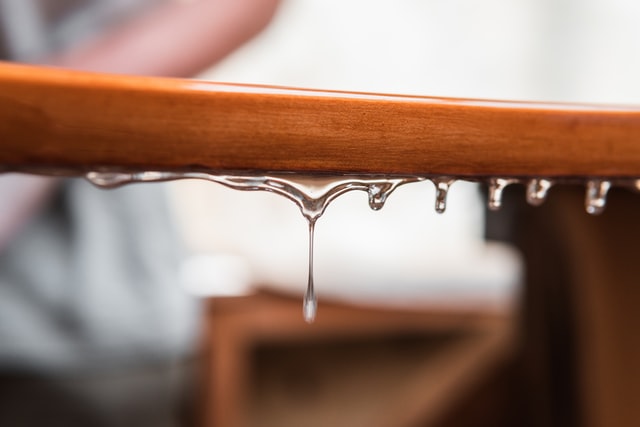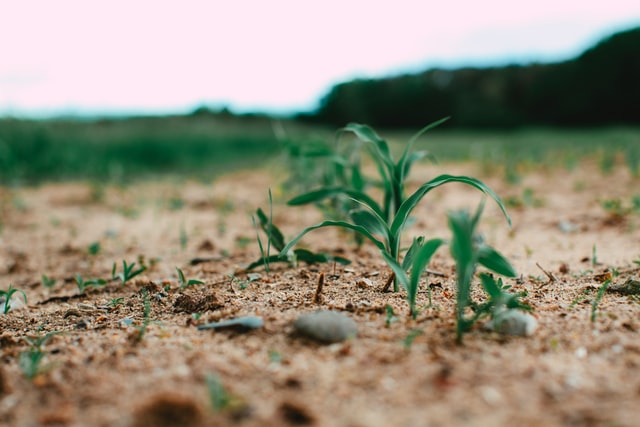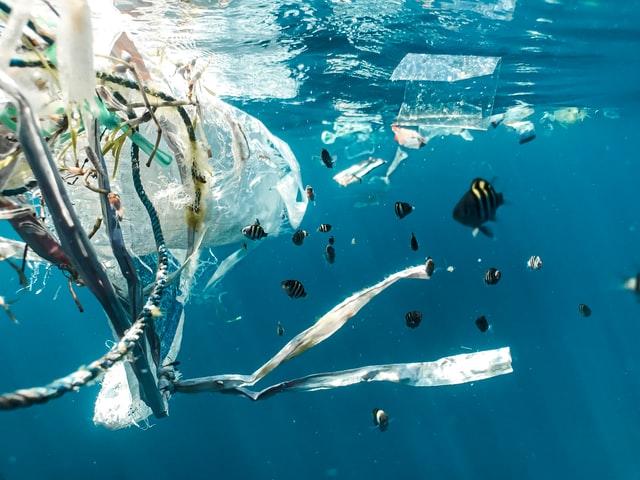Which is best for the environment?
One of the biggest hassles with consumer printing is the question of waste. Filament and resin printing technologies both require supports which will inevitably become waste. This issue is exacerbated with resins due to the need for organic solvents to clean up prints, and the lack of recycling options for supports. This has left me and many others wondering if there are better options. Enter water washable resin.

At as glance water washable resins seem better for the environment as they remove the need for additional organic solvents. In reality, this is not of little help and may increase the overall risk. It doesn’t solve the need for supports, and the water used is contaminated and needs proper disposal. I’ve heard a number of people talk about how you can evaporate the water and this is true, but organic solvents like ethanol can also be evaporated and have little effect on the environment.
The other issue is that a waster soluble resin is a greater hazard than normal resins. Because the resin is water-soluble there is going to be an increased risk from any exposure as it is more easily absorbed into the body. In addition, any spills into the environment could be a much greater hazard than regular resins which would precipitate and cure.
In my experience water washable resins also result in some print quality issues when not in a climate-controlled environment, and there is the fumes coming off are considerably stronger. This has made them harder to work with and resulted in more prints being repeated to correct for errors.

So if water washable isn’t the answer to sustainable 3D printing are bio-derived resins a better option? In a word yes. In a few more words: Yes, but it depends on your priorities and where it’s sourced. Most plastics are petroleum-based, and generally a byproduct of other activities. This means that their environmental impact is smaller than many assume, and is mainly at their disposal. If disposed of correctly their impact is about the same as any other plastic. A bio-derived plastic adds the need for arable land that other plastics don’t. This could be historic land used for food or newly cleared land. neither is especially good as both will lead to more land clearing directly or indirectly. If you happen to find one made from agricultural waste then this is better, but much like biofuel, it’s hard to trace the real source.

At the end of the day once it’s in your printer most resins are going to print the same regardless of their source. The best way to use 3D printing responsibly is to only print things you need to. At the end of the day, plastic is plastic. Whether you buy it from a store or print it in your home make sure you dispose of it properly, and minimisation is going to be better than trying to source a different brand.
Reduce is better than reuse, reuse is better than recycle.
